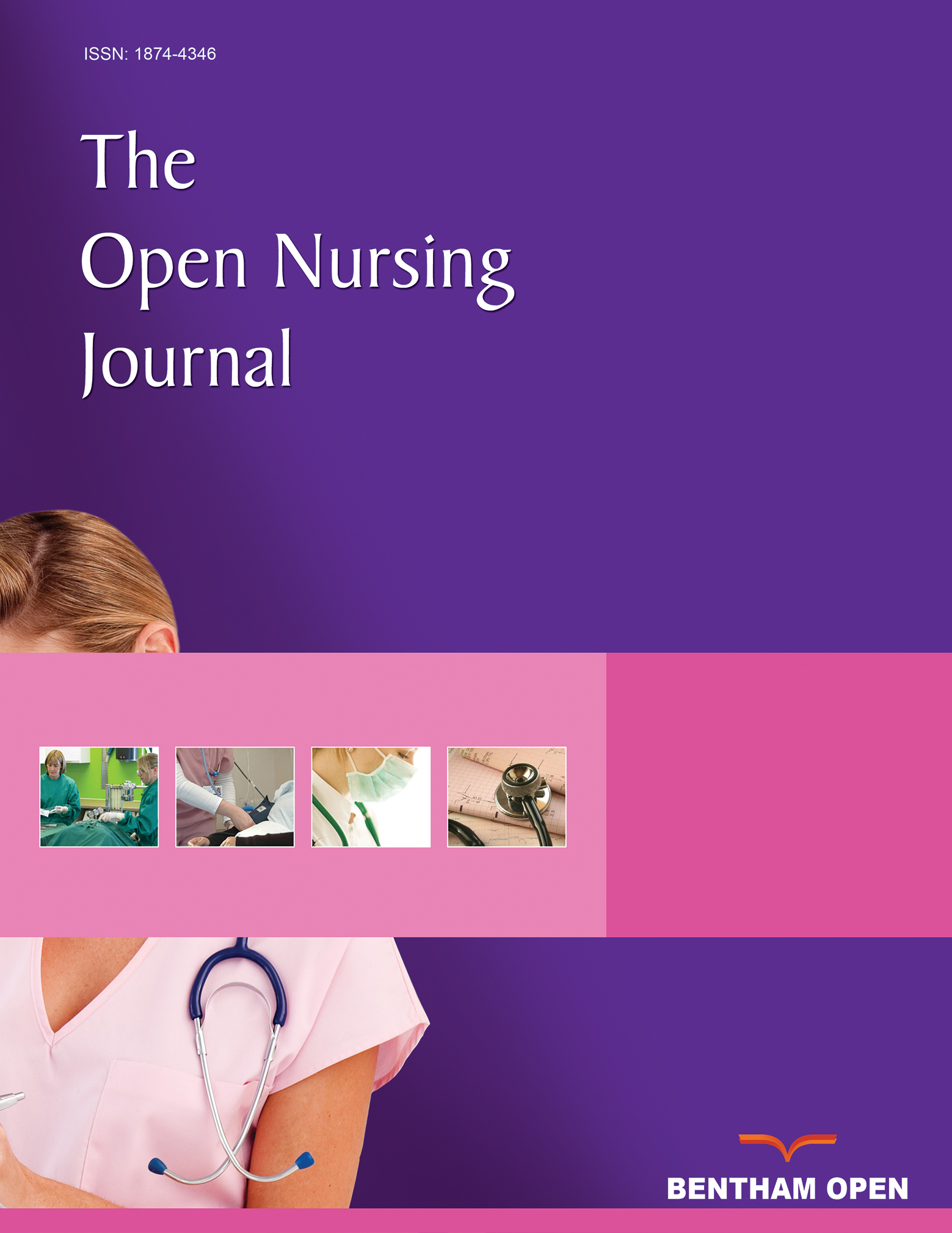All published articles of this journal are available on ScienceDirect.
Lost in Translation: Reflecting on a Model to Reduce Translation and Interpretation Bias
Abstract
Aim:
This paper reflects on the language and translation challenges faced and interventions used whilst undertaking cross-cultural public health research in Nepal using translators.
Background:
The growth in cross-cultural studies and international research highlights the use of translators and the associated challenges for researchers with regard to cultural and linguistic issues when collecting data in one language and analysing and reporting in another. The specific challenges when using translators are frequently overlooked in the research literature and translators and the interpretation processes omitted from the research methodology and/or discussion.
Methods:
The experiences and challenges for an English-speaking nurse researcher working with a team of translators in a cross-cultural study on the sexual and reproductive health (SRH) of young people in Nepal, in 2006, is explored in this paper. The paper employs a case study approach.
The Study:
Data were collected over four weeks observing the settings, and the SRH knowledge and practices of participants in two villages in Kathmandu Valley were identified using a questionnaire, which was administered as a structured interview, and from the nurse researcher’s field notes. This provided information on the translation and interpretation events. Stages in the research process where error could occur are identified in the researchers model and the interventions taken to minimise these are discussed which clarify perspectives and opinions when researching in the field.
Findings and Conclusion:
Reflecting on translation and interpretation challenges during the data collection process in a language which the nurse researcher does not speak, can help reduce (or avoid) potential mistakes and error. The paper reflects on a model of translation processes which emerged during fieldwork which helps understand what events happened and what actions were taken to obtain the most accurate data. Using a model such as this for cross cultural fieldwork may be useful for both novice and established researchers.


